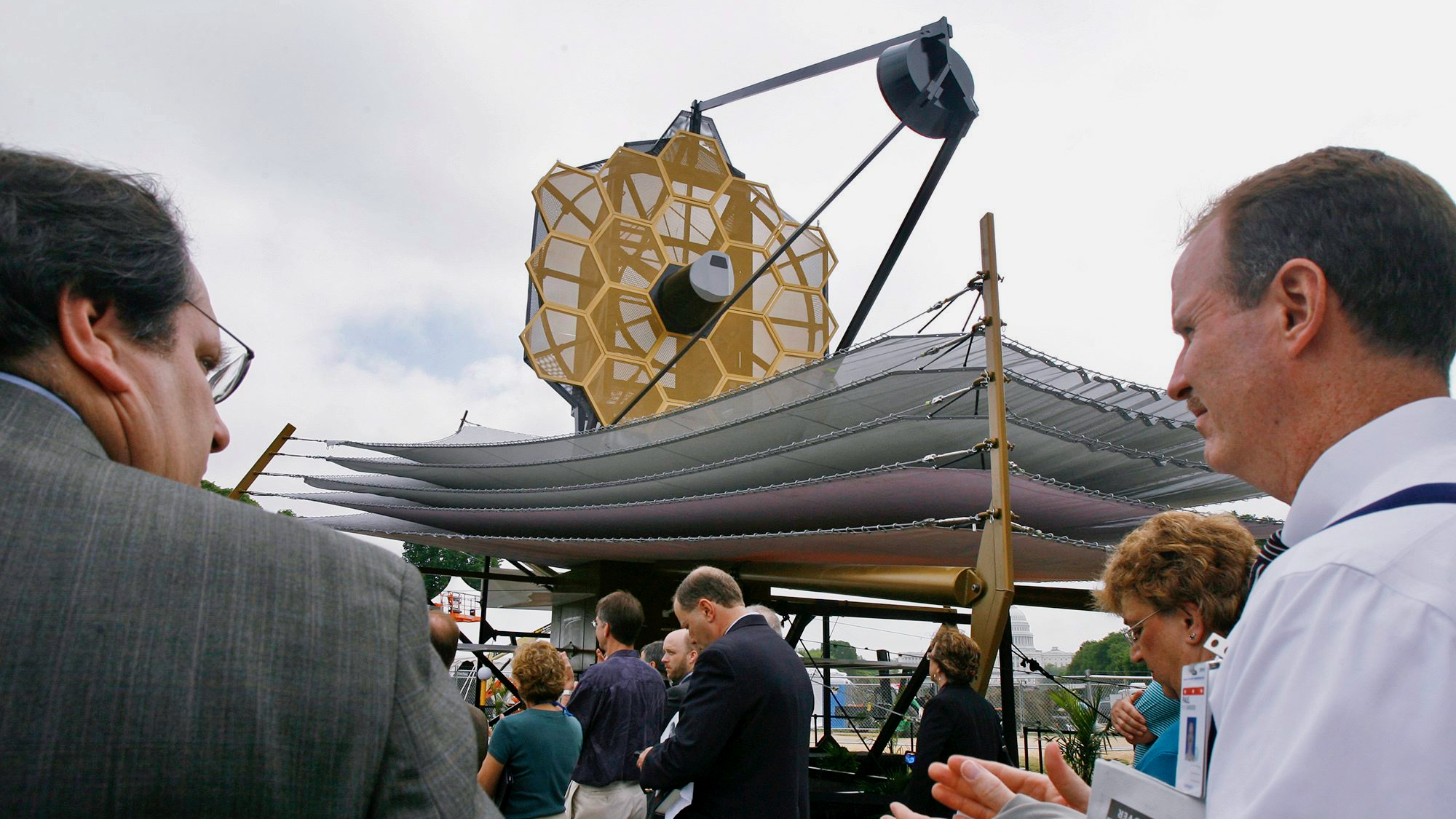The James Webb Space Telescope (JWST) made a stunning discovery of one of the first black holes at the dawn of the universe.
Peeking back in time, and operating from Lagrange 2 (L2) point, Nathalie Nguyen-Quoc Ouellette, an astrophysicist and Outreach Scientist for the James Webb Space Telescope for the Canadian Space Agency, confirmed in an email that JWST found this astonishing discovery that occurred about 470 million years after the Big Bang.
This means the first black holes were formed at about three per cent of the current age of the universe, which can be called at the edge of time, Ouellette said.
This is an important discovery concerning astrophysics, she said.
“To understand how supermassive black holes at the centre of the galaxies got so big in a short period of time, it is important to observe some of the very first supermassive black holes that were formed in the universe,” Ouellette said.
This is a supermassive black hole about 10 times the mass of the biggest black hole at the centre of the spiral Milky Way galaxy, the Sagittarius A* (Sgr A*) and about 40 million times the mass of the sun, Ouellette confirmed in the email.
This black hole is a progenitor to the current supermassive black holes that are observable today, Ouellette said citing a possible resemblance.
The JWST was instrumental in detecting galaxy UHZ1 and the Chandra X-ray telescope’s x-ray capacities helped in detecting a signal from the black hole itself through gravitational lensing of the galaxy formed in the early universe, Ouellette said.
According to the Chandra X-Ray website, the telescope is specifically designed to detect X-ray emissions from high temperatures in the universe such as the accretion disks of black holes. This helped in identifying the X-ray signal from the early universe’s black hole.
The JWST website said the universe has five distinct phases: the Big Bang, the Dark Ages, the first stars, the reionization, the formation of the sun, which is about nine billion years after the Big Bang, and the modern universe.
This black hole was found after the Dark Ages, during the Epoch of Reionization era of the universe, Ouellette said.
“The formation and growth of supermassive black holes remain an unsolved problem in astrophysics. The study of UHZ1’s black hole allows it to take a step in this direction,” she said.
This discovery of the early universe black hole is one of the greatest discoveries by JWST since its launch in December 2021 and Ouellette said many more are expected.

